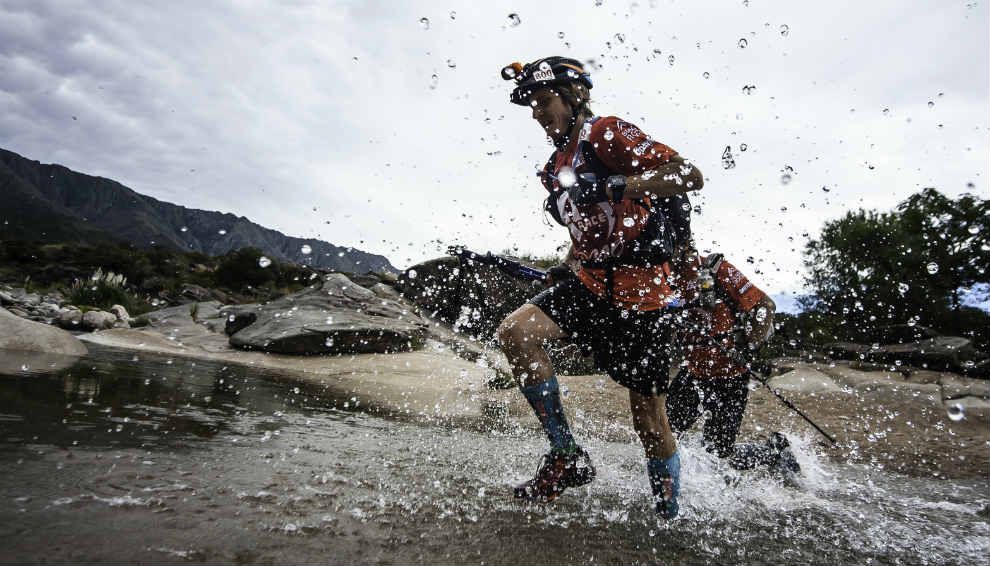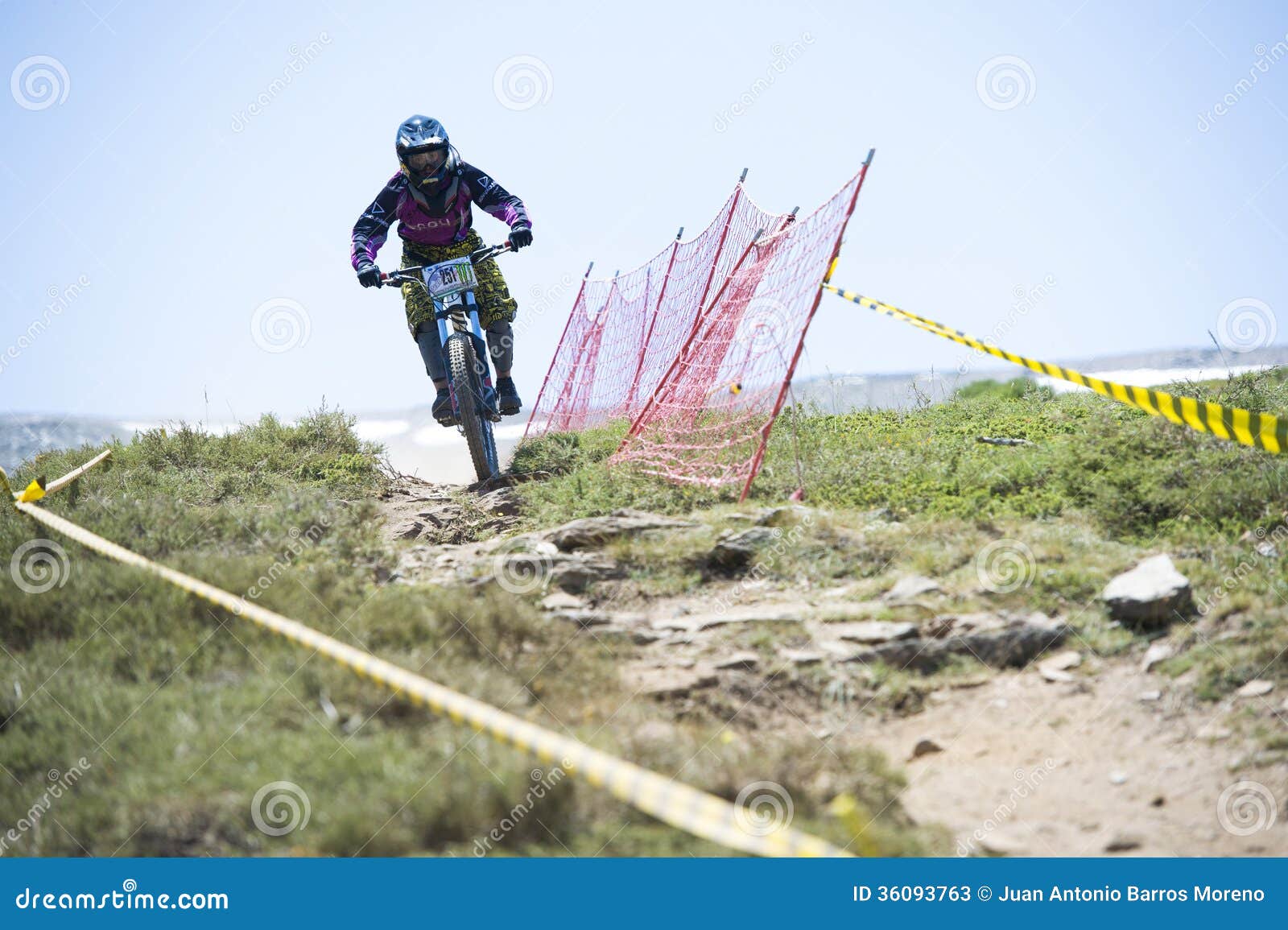
“We've had galgueros that have had 70, 120 galgos, living on crisps and bread and eating each other when they die,” she says. According to Tina Solera, founder of Murcia-based Galgos del Sol, the organization that rescued Luke and Sirius, dogs in many parts of the country are often kept in terrible conditions, chained outdoors in small concrete bunkers and fed just enough to keep them alive-and ravenous enough to give them an edge in competitions.

Galgos are mass-bred in hopes of finding that special courser.

In the most prestigious of these, held in a different host city in Spain every January, the winning galgo takes home the Copa de Su Majestad el Rey, or King’s Cup, tacitly sponsored by the king of Spain himself, Felipe VI.īy Abigail Christman Galgo Rescue International Network Galgueros hold coursing competitions every year between September and February. Lure coursing replaces the hare with a mechanical lure. In hare coursing-a controversial sport-the dogs race over the countryside or an enclosed track to catch the fleeing hare. Galgueros, the people who own and breed the dogs, use them for hare and lure coursing. They're a little more fiery, a little more sassy.” “They're a greyhound with a sense of humor. “They're great dogs,” says Abigail Christman, founder of the Galgo Rescue International Network (GRIN), based in Colorado.

People who work with galgos say they tend to be loyal, kind, and affectionate. They’re similar in appearance to greyhounds, with a smaller, lighter build, and have either smooth or shaggy coats. Thanks to the hard work of organizations like Fundación Benjamin Menhert, many galgos are getting a second chance. WATCH: Paloma, a galgo, was rescued from the streets and now lives with her adoptive family in northeastern Italy.


 0 kommentar(er)
0 kommentar(er)
